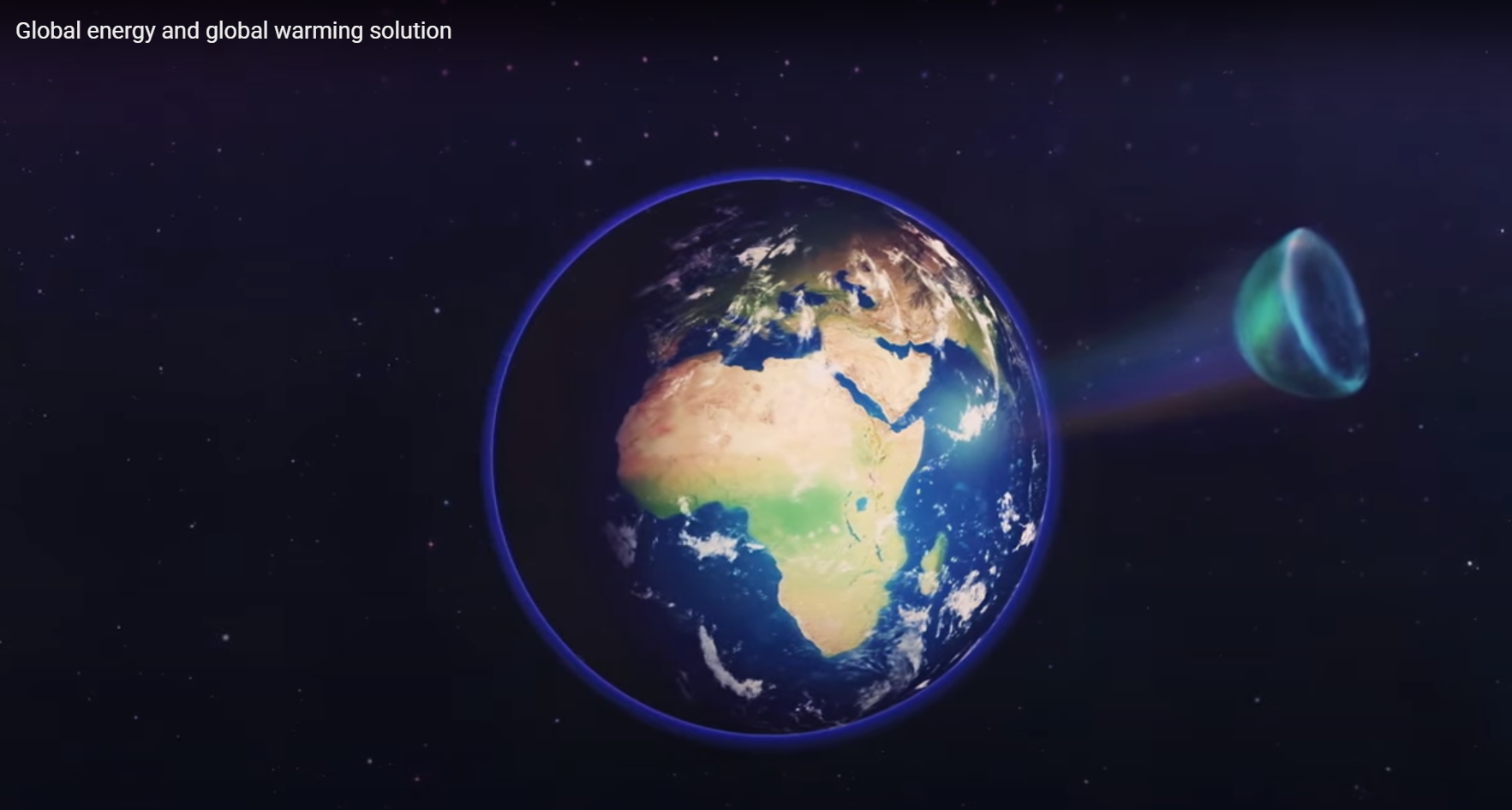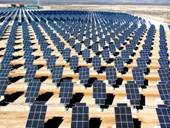|
Nuclear fuel is any material that is consumed to derive nuclear energy. Technically speaking this definition includes all matter because any element will under the right conditions release nuclear energy, the only materials that are commonly referred to as nuclear fuels though are those that will produce energy without being placed under extreme duress.
Fission
The most common type of nuclear fuel used by humans is heavy fissile elements that can be made to undergo nuclear fission chain reactions in a nuclear fission reactor; nuclear fuel can refer to the material or to physical objects (for example fuel bundles composed of fuel rods) composed of the fuel material, perhaps mixed with structural, neutron moderating, or neutron reflecting materials. The most common fissile nuclear fuels are 235U and 239Pu, and the actions of mining, refining, purifying, using, and ultimately disposing of these elements together make up the nuclear fuel cycle, which is important for its relevance to nuclear power generation and nuclear weapons.
|
|
(Artifical) Fusion
Fuels that produce energy by the process of nuclear fusion are currently not utilized by man but are the main source of fuel for stars, the most powerful energy sources in nature. Fusion fuels tend to be light elements such as hydrogen which will combine easily.
In stars that undergo nuclear fusion, fuel consists of atomic nuclei that can release energy by the absorption of a proton or neutron. In most stars the fuel is provided by hydrogen, which can combine together to form helium through the proton-proton chain reaction or by the CNO cycle.
When the hydrogen fuel is exhausted, nuclear fusion can continue with progressively heavier elements, although the net energy released is lower because of the smaller difference in nuclear binding energy.
Once iron-56 or nickel-56 nuclei are produced, no further energy can be obtained by nuclear fusion as these have the highest nuclear binding energies. |
|
|












